Do you know your Irish county of origin?
Which county did your Irish ancestors come from? When we think of Ireland, we often think of places like County Kerry, County Galway, County Louth and so on – all the way through the 32 historical counties on the island of Ireland. In fact, if your ancestor was asked their county of origin - they would probably include the county name as well as "Ireland" in their answer.
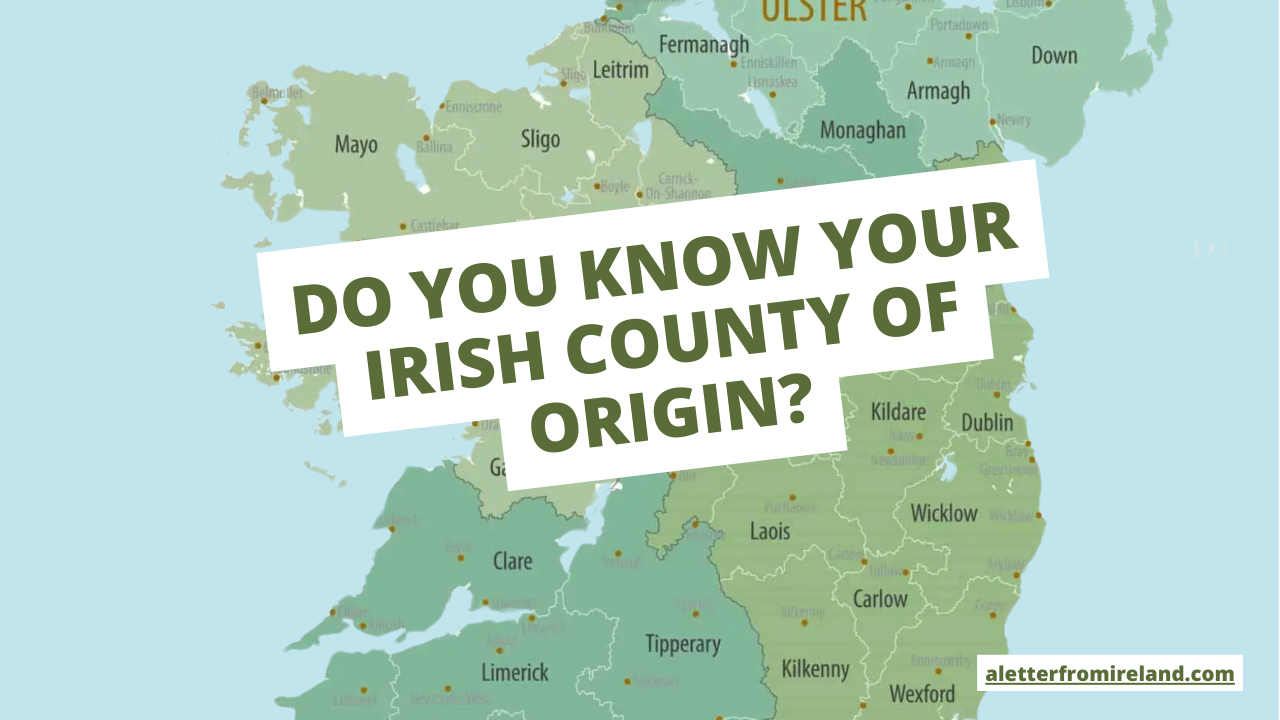
Céad Míle Fáilte and welcome to your Letter from Ireland about your ancestors county of origin. I’m sending this letter out on Easter Sunday morning, so as we say in Irish: “Beannachtaí na Cásca ort” – which is pronounced “Ban-ockt-tee na caws-ca urt” and means “Easter Blessings to you”!
How are things in your part of the world today? We seem to be having weather typical of an early Easter – cold, rain, sunshine and more. You name the weather and we seem to have it at this time of the year!
I’m having a cup of Lyons’ tea and do hope you join me with a cup of whatever you fancy as we start into today’s letter.
Do You Know Your Irish County of Origin?
Which county did your Irish ancestors come from? When we think of Ireland, we often think of places like County Kerry, County Galway, County Louth and so on – all the way through the 32 historical counties on the island of Ireland. In fact, if your ancestor was asked where they came from – they would probably include the county name as well as “Ireland” in their answer.
So, what was the first county in Ireland? Up to the time the Normans arrived in the late 1100s, Ireland did not really have the “counties” that we know today. They were an administrative invention of the Normans who needed a system to allocate lands to adventurers, planters and to enforce taxes and the other aspects of their feudal society in a more efficient manner. In fact, the word “county” comes from the Norman-French “conté” meaning “the jurisdiction of a Count/Earl”.
In this letter, we are going to have a look at the evolution of the 32 counties that would have been familiar to most of our ancestors. They are:
- In the southern province of Munster: Counties Cork, Kerry, Clare, Tipperary, Waterford and Limerick.
- In the eastern province of Leinster: Counties Dublin, Kildare, Meath, Louth, Westmeath, Wicklow, Wexford, Carlow, Kilkenny, Longford, Offaly (formerly King’s County) and Laois (formerly Queen’s County).
- In the western province of Connacht: Counties Galway, Mayo, Sligo, Roscommon and Leitrim.
- In the northern province of Ulster: Londonderry (also referred to as Derry), Antrim, Down, Armagh, Tyrone, Fermanagh, Monaghan, Cavan and Donegal.
Right! That’s all 32 counties. Although I grouped these counties into provinces, it’s worthwhile noting that a province was an ancient Irish land division and in place well before the arrival of the Normans. Today we generally only refer to provinces when organise sporting teams and events.
Let’s have a look at a timeline for the formation of those counties. This timeline quite accurately reflects the colonial ambition of the Normans and England as they widened their administration across the island of Ireland. The “shiring” (forming of counties) of Ireland started in the late 12th century as the newly-arrived Normans imposed a similar system to the one they had in England and Wales.
The Normans were clever enough to take advantage of the system already in place in a newly-conquered land. They divided their Irish lands by amalgamating the smaller Gaelic Kingdoms (or “Tuatha” – pronounced “too-ha”) of the time. These “Tuatha” were already made up of smaller family lands similar to the “Townland” system we have today.
1170-1200 AD: Counties of Dublin, Cork, Kerry, Limerick, Louth, Tipperary, Waterford, Kilkenny and Wexford are formed. These counties contained the best available land or surrounded the existing Viking port cities of Ireland (Dublin, Cork, Waterford, Wexford and Limerick). The lands were lucrative and worth defending from the native Irish.
1292- 1306 AD: Counties Roscommon, Kildare, Meath and Carlow formed. Kildare, Meath and Carlow represent an expansion of the Norman lands. This time also marked a pause to the Anglo-Norman “shiring” of the island – as an Irish Gaelic resurgence won back a lot of this land over the next 230 years.
1543 AD: County Westmeath formed by breaking Meath into two parts. When the Tudors came to power in England, it marked a renewed interest in “reclaiming” the lands in Ireland from the native Irish. This marked the start of movements of the native Irish out of their historic homes – and the start of a sequence of “plantations” from England (and later from Scotland) to replace the native Irish land-holders with English speaking farmers and adventurers of the Protestant faith.
1556 AD: King’s County (modern Offaly) and Queen’s County (modern Laois) formed. The western province of Connacht is broken into the Counties of Galway, Mayo and Sligo.
1565-1584 AD: Counties Clare, Leitrim, Longford and Cavan formed.
1585-1613 AD: Counties Armagh, Donegal, Fermanagh, Monaghan, Coleraine, Tyrone, Antrim, Down, Wicklow formed.
1613 AD: County Coleraine renamed to County Londonderry.
By the time Cromwell arrived in Ireland in 1649 AD, the historic counties that we know today were fully in place. They were further subdivided into a system of “Civil Parishes” as well as cities, towns and townlands.
How about you? Which are your own “ancestral counties of origin”?
Slán until next week,
Mike.

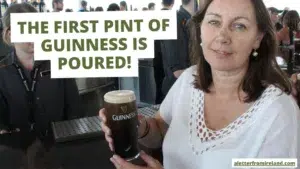
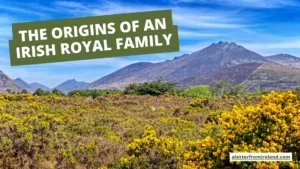

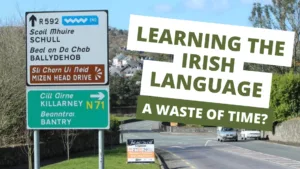
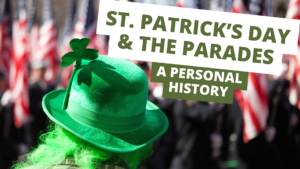
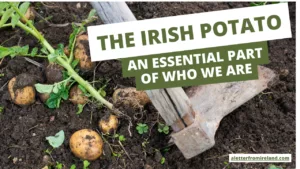
Only Plus Members can comment - Join Now
If you already have an account sign in here.